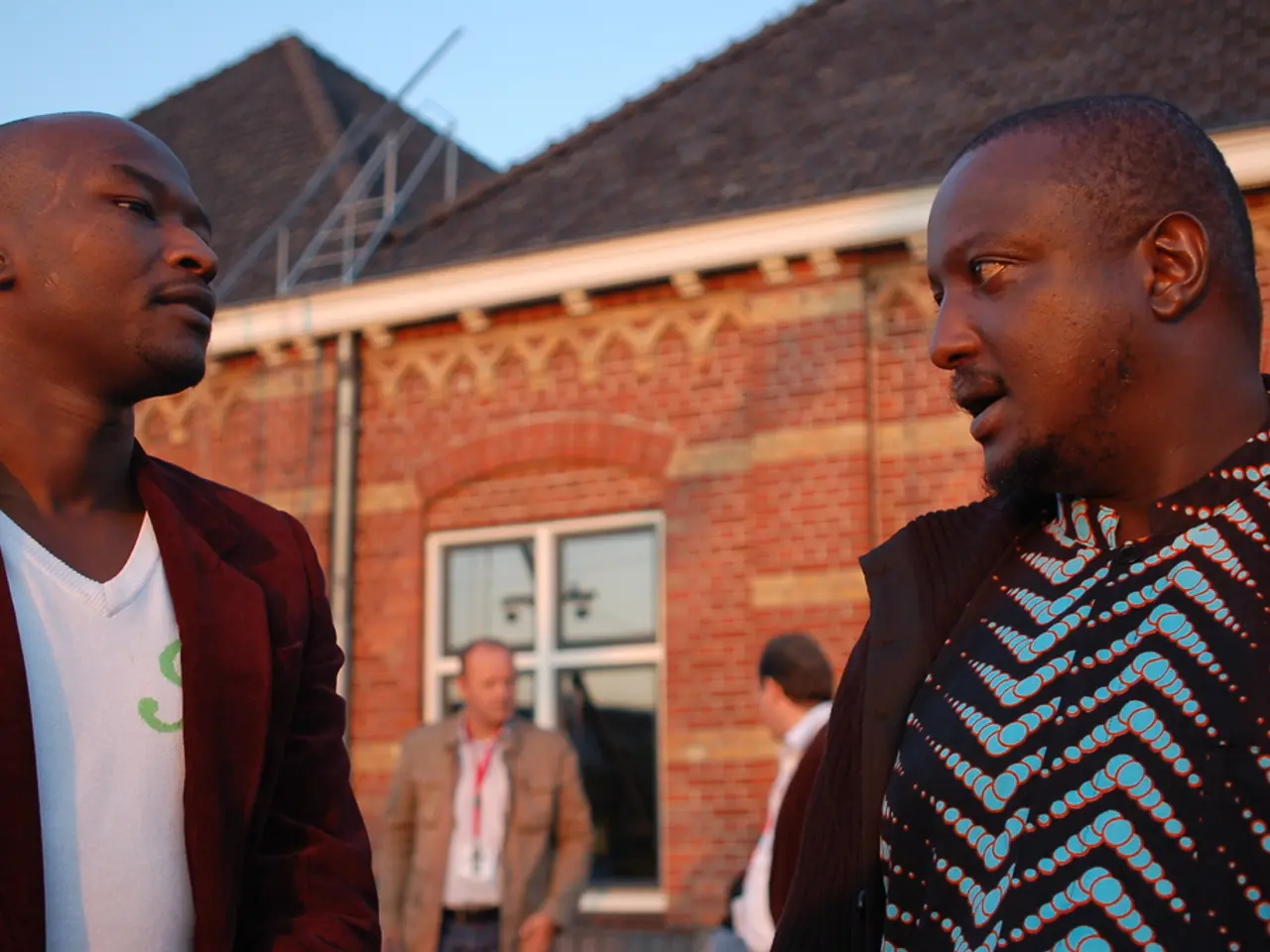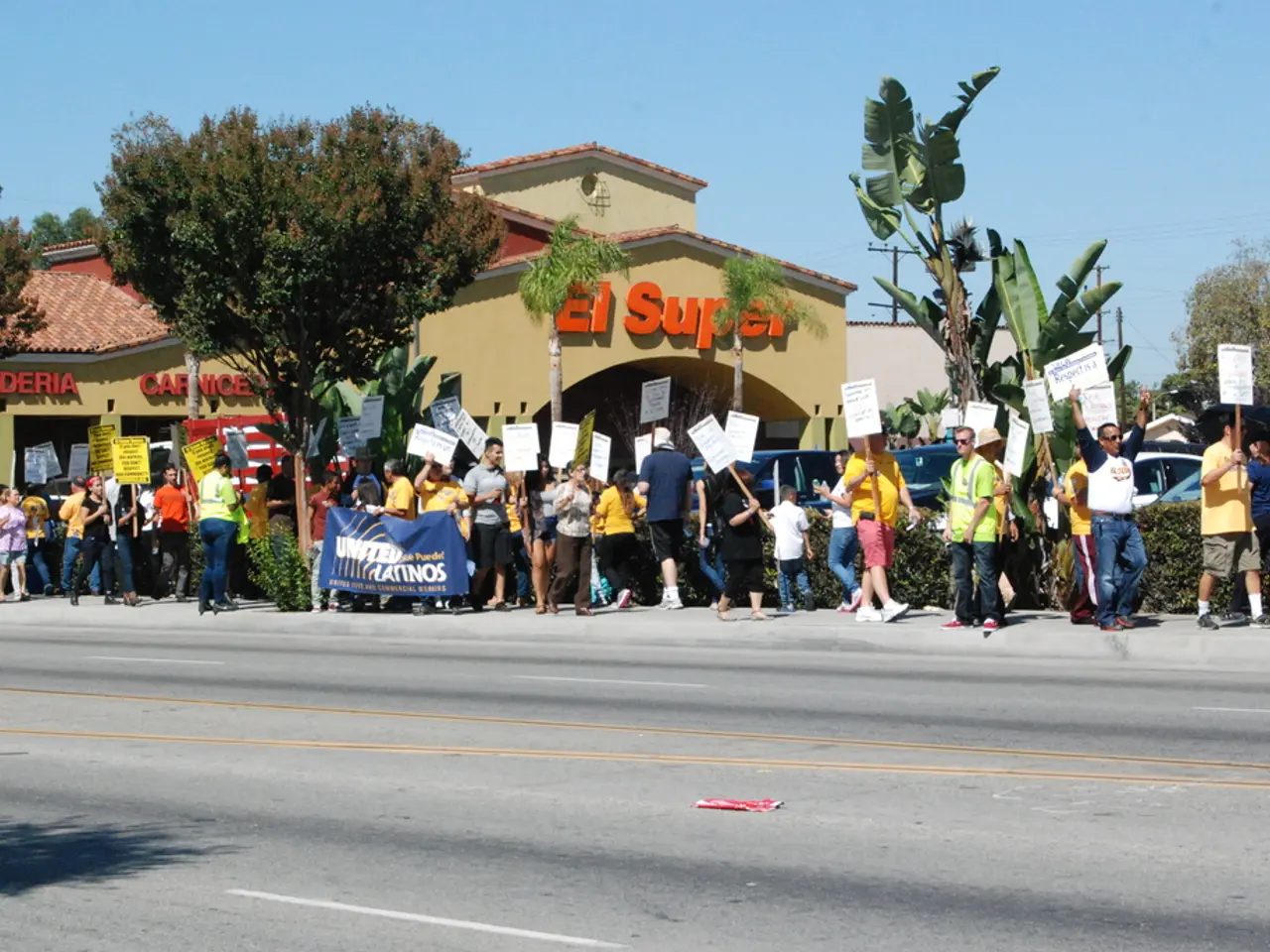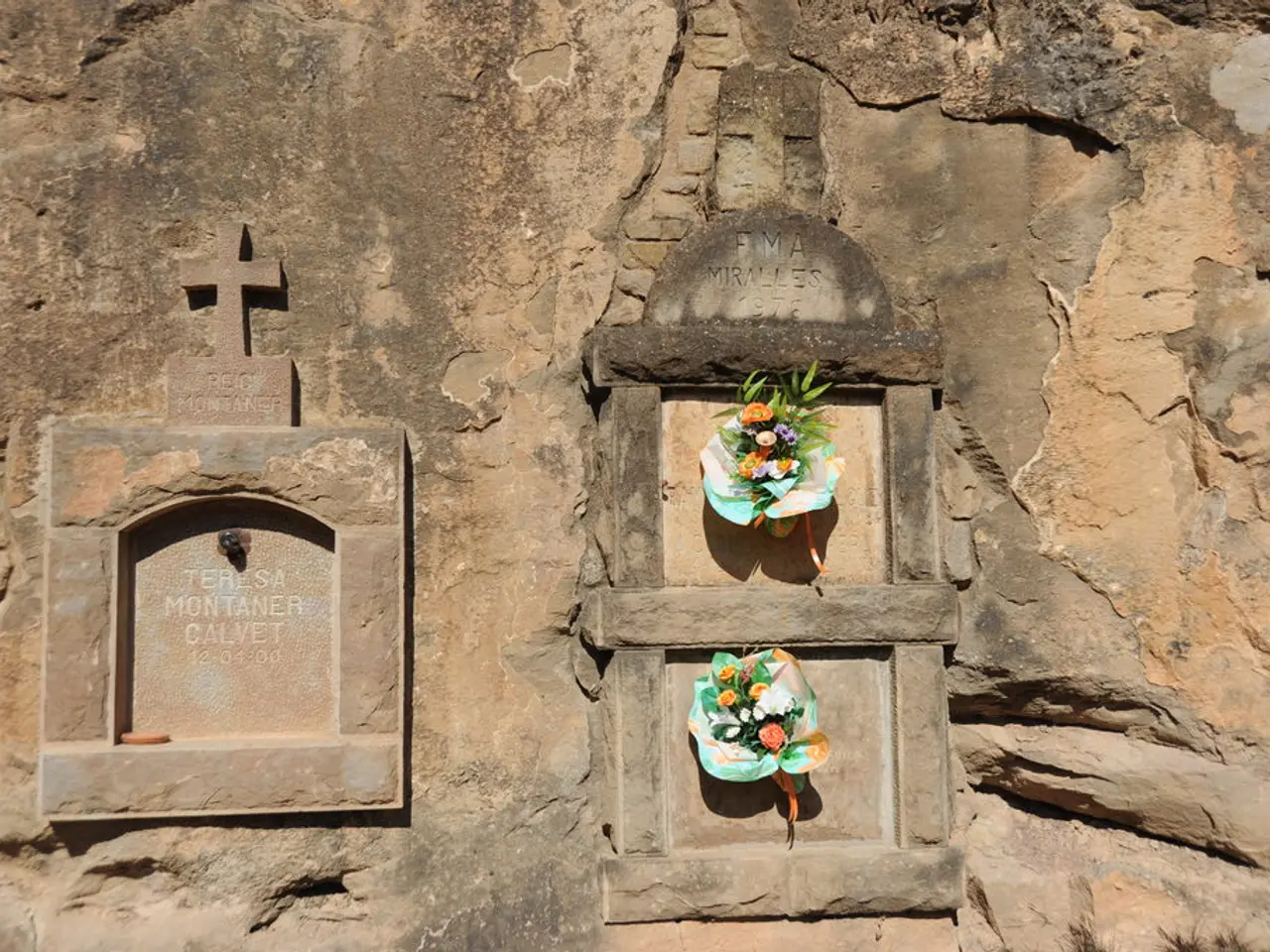Coalition governments weren't initiated by Raila and won't conclude with him.
Kenya's History of Broad-Based Governments: A Tool for Crisis Management
Kenya's political landscape has been marked by several instances of broad-based governments, a strategy employed to maintain national stability during times of political crisis. This approach to governance can be traced back to the days immediately following Kenya's independence in 1963.
On December 25, 1963, Jomo Kenyatta, then Prime Minister, declared a state of emergency in the North Eastern Province. However, a political "handshake" between Kenyatta's party, KANU, and the Kenya African Democratic Union (KADU), which strongly supported regionalism, led to the creation of the initial broad-based government. This arrangement was solidified when KADU joined the new government following an emergency Senate recall to sanction the arrangement[1].
Fast forward to the era of President Daniel arap Moi, who arranged a handshake between KANU and the National Development Party led by Raila Odinga, in response to the threat from opposition parties after Kenya transitioned from a one-party to a multi-party state. This power-sharing-style coalition once again stabilized the country[1].
The most recent example of a broad-based government was the 2008 Grand Coalition Government, formed after the disputed 2007 presidential election, which led to violent conflict. The coalition between President Mwai Kibaki and opposition leader Raila Odinga was a major broad-based government arrangement designed to end the post-election crisis and restore stability[1].
These broad-based governments have been a recurring strategy in Kenya's political history, serving as mechanisms to maintain national stability through inclusive governments involving major political factions[1].
In 2013, another broad-based government was formed in Kenya to avert a crisis. This time, the handshake was between President Uhuru Kenyatta and his nemesis, a move reminiscent of Jomo Kenyatta's political stunt in 1963. The presidency was saved from a rebellion led by Gen Zs by ensuring that the Opposition did not join the youth in the streets, with the Opposition's decision not to join the rebellion being crucial in preserving Ruto's presidency[2].
In 2007, Kenya was on the brink of a crisis following a contested presidential election. Another broad-based government was formed at Serena Hotel under the watch of former UN Secretary General Kofi Annan to prevent further conflict[1].
The Kenyan governance system has been a series of "broad-based," "political handshake" arrangements since independence, with these agreements often occurring following a political crisis or the threat of losing power to the opposition. However, this strategy is not without controversy. The handshake is often met with criticism and accusations of backdoor deals[2].
In summary, Kenya’s broad-based governments first began with the post-independence alliance between KANU and KADU and have since been established primarily during political crises (notably under Moi and after 2007), serving as mechanisms to maintain national stability through inclusive governments involving major political factions[1].
[1] Source: Kenya's Broad-Based Governments: A Historical Perspective [2] Source: The Role of Broad-Based Governments in Kenya's Political Stability [3] Source: The Mau Mau Uprising and Its Impact on Kenya's Political Landscape [4] Source: The Gen Z Movement and Its Demands for Political Inclusion in Kenya
- Despite criticisms and accusations of backdoor deals, Kenya's governance system has repeatedly turned to broad-based governments, such as the one formed in 2013 between President Uhuru Kenyatta and his nemesis, as a tool for crisis management.
- The impact of broad-based governments extends beyond crisis management into other areas, such as health policy and legislation, as these inclusive arrangements often lead to general news headlines that cover issues of national importance, including health matters.
- In the wake of the 2007 presidential election crisis, a broad-based government was formed at Serena Hotel under the watch of former UN Secretary General Kofi Annan, demonstrating the government's commitment to prioritizing policy-and-legislation and addressing general news topics, such as promoting peace and stability.








